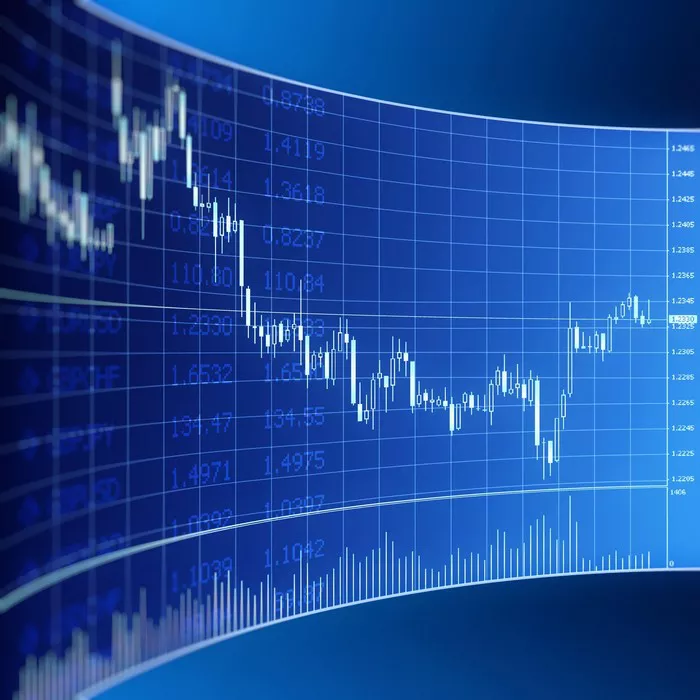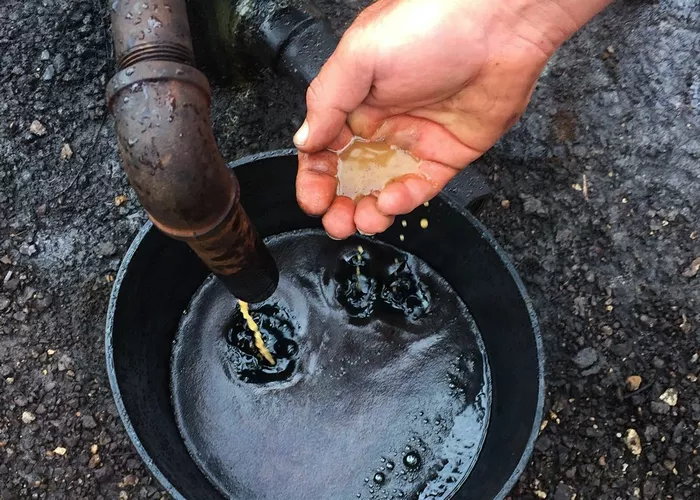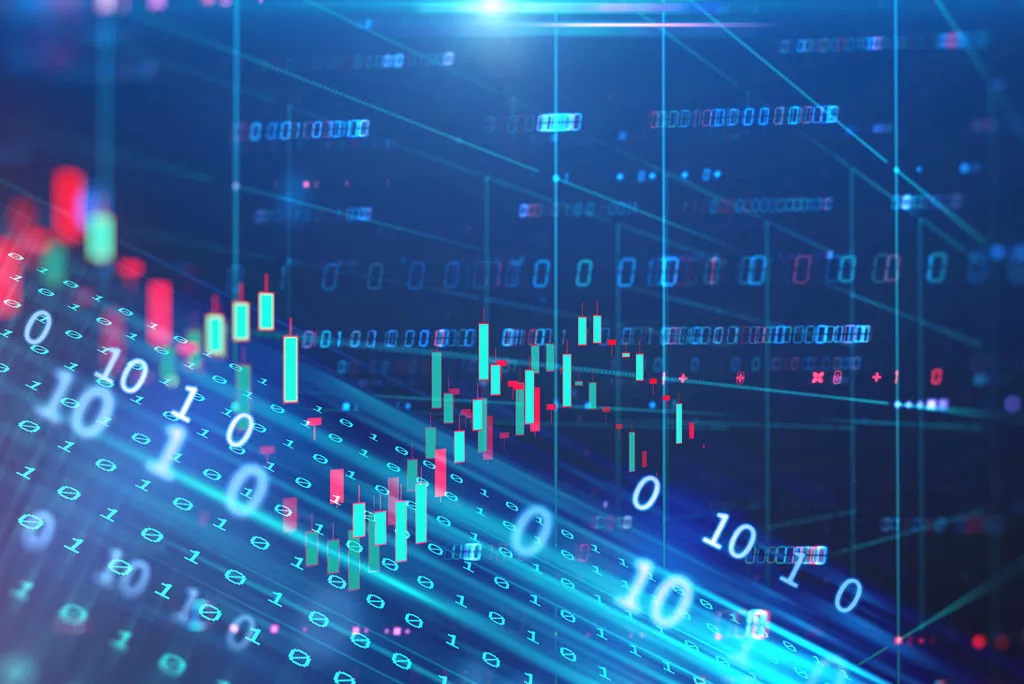The United States Dollar (USD) is one of the most widely recognized and used currencies in the world. But how does the minting process for USD work? The process of creating money is not just a simple matter of printing bills or striking coins. It is an intricate system involving various government entities, regulations, and technologies. Understanding how the USD is minted helps to demystify the complex journey that a dollar bill or coin takes before it reaches your hands.
In this article, we will explore the entire process of USD minting, from the design and creation of the currency to its distribution and circulation. We will also examine the various institutions involved in the minting process and the roles they play.
The Institutions Behind USD Minting
The minting of USD is handled by two primary institutions: the U.S. Mint and the Federal Reserve. Both institutions have distinct roles, but they work in tandem to ensure that the U.S. currency system runs smoothly.
The U.S. Mint
The U.S. Mint is the government agency responsible for producing the nation’s coinage. Established in 1792, the Mint operates multiple facilities across the United States and is a division of the U.S. Department of the Treasury. The Mint’s main functions include the production of circulating coinage, congressional medals, and silver, gold, and platinum coins. Additionally, it manufactures coins for foreign countries and supplies coinage for the Federal Reserve.
Responsibilities of the U.S. Mint:
Minting coins: The Mint produces coins for circulation, including pennies, nickels, dimes, quarters, half dollars, and dollar coins.
Coin design: The Mint also designs coins in collaboration with artists and engravers.
Coin storage: The U.S. Mint operates facilities where the minting process takes place and where coinage is stored before being distributed.
The Mint is crucial to the process of USD minting, as it ensures that there is a sufficient supply of physical coins to meet the demands of the economy.
The Federal Reserve
While the U.S. Mint produces coins, the Federal Reserve is responsible for managing and distributing paper currency, or “bills.” Established in 1913, the Federal Reserve is the central bank of the United States and plays a critical role in the country’s financial system. The Federal Reserve regulates the money supply, sets monetary policy, and serves as a bank for both commercial banks and the U.S. government.
Responsibilities of the Federal Reserve:
Issuing currency: The Federal Reserve is responsible for printing Federal Reserve Notes (U.S. paper currency).
Currency management: The Federal Reserve also manages the stock of currency in circulation, ensuring that there is an adequate supply of bills to meet demand.
Distributing currency: Once printed, the Federal Reserve distributes currency to commercial banks and other financial institutions across the country.
While the U.S. Mint produces coins, the Federal Reserve ensures that paper currency is readily available and circulates effectively within the economy.
The Minting Process for Coins
The process of minting coins is highly structured and involves several steps, from the design phase to the final production of coinage. Let’s break down how U.S. coins are created.
Step 1: Coin Design
Every coin produced by the U.S. Mint begins with a design. The design of U.S. coins is overseen by the Mint’s engravers and artists, with designs reflecting historical figures, national symbols, and important events in American history. The designs are submitted to the Commission of Fine Arts and the Citizens Coinage Advisory Committee for review and approval. These committees help ensure that the designs align with American values and aesthetics.
Step 2: Die Creation
Once a design is finalized, it is converted into a “die” by the Mint’s engravers. A die is a metal stamp that will be used to strike the coin’s design onto a blank piece of metal. The design is engraved into the die using a process known as “hand engraving” or “laser etching.” Dies are created for each coin denomination, and multiple dies may be produced to ensure that coins can be minted in high quantities.
Step 3: Preparing the Blank Coins
The U.S. Mint uses a variety of metal alloys to create coins. For example, pennies are made of copper-plated zinc, while quarters and dimes are made of a mixture of copper and nickel. These metals are formed into large rolls or sheets and then cut into small, round blanks. These blanks are referred to as “planchets.”
The planchets are inspected for defects and cleaned to remove any impurities that could affect the quality of the coin’s design.
Step 4: Coin Striking
The blank planchets are placed between two dies in a machine known as a coin press. The press applies a significant amount of pressure to the planchets, imprinting the design onto the metal. The coin press produces thousands of coins per minute, depending on the size and complexity of the design. After striking, the coins are checked for quality and consistency.
Step 5: Finishing Touches
Once the coins are struck, they undergo additional processes such as:
Edge treatment: Some coins, like dimes and quarters, have ridged edges, while others are smooth.
Inspection: Each coin is carefully examined for defects such as improper stamping or scratches.
Packaging: The final coins are then packaged into bags or rolls for distribution.
The U.S. Mint ensures that the coins meet the necessary specifications and quality standards before they are sent out for circulation.
The Minting Process for Paper Currency
Unlike coins, which are minted at the U.S. Mint, paper currency is produced by the Bureau of Engraving and Printing (BEP), a division of the U.S. Department of the Treasury. The process of printing paper currency is similarly detailed and involves several stages to ensure both security and quality.
Step 1: Design of Paper Currency
The design of U.S. paper currency is the result of careful planning and consultation between the Bureau of Engraving and Printing, the U.S. Treasury Department, and other government agencies. Currency designs feature prominent historical figures, national symbols, and security features such as watermarks and security threads.
Once the design is finalized, it is transferred to engraved plates, similar to how coins are struck with dies.
Step 2: Printing the Currency
The paper used to make U.S. currency is made from a special cotton-linen blend that gives it a distinctive feel. Printing currency involves the use of specialized printing presses, which apply layers of ink to the paper using a process known as intaglio printing. This technique creates raised, tactile images on the currency, which can be felt when touched.
The printing process also incorporates various security features, such as:
Watermarks: Embedded in the paper, these are visible when the bill is held up to light.
Security threads: A thin metallic strip embedded in the paper to prevent counterfeiting.
Microprinting: Small text that is difficult to reproduce using regular printing techniques.
Step 3: Cutting and Packaging
After the currency is printed, it is carefully inspected to ensure that it meets quality standards. Defective or damaged bills are removed from the production line. The bills are then cut into individual notes and packaged into bundles for distribution. These bundles are sent to the Federal Reserve for further processing.
The Role of the Federal Reserve
Once the U.S. Mint and the Bureau of Engraving and Printing have completed their work, the currency is sent to the Federal Reserve, which is responsible for ensuring that enough money is in circulation to meet the needs of the economy. The Federal Reserve works with commercial banks to distribute currency across the United States. The process of issuing and circulating money involves several key steps:
1. Distribution to Banks
Once new currency is printed, it is sent to the Federal Reserve banks, which serve as the central distribution points for U.S. currency. The Federal Reserve supplies money to commercial banks across the country, which in turn distribute it to businesses and consumers.
2. Managing Currency in Circulation
The Federal Reserve closely monitors the amount of money in circulation to ensure that it aligns with the economic needs of the country. It also manages the replacement of old or damaged bills and coins. When currency is no longer fit for circulation, it is removed from the system and destroyed.
3. Currency and Monetary Policy
The Federal Reserve uses its control over the money supply as part of its broader monetary policy to influence inflation, interest rates, and overall economic growth. By adjusting the money supply, the Federal Reserve can impact borrowing costs, investment, and spending throughout the economy.
Conclusion
The process of minting USD is far more intricate than simply printing bills and striking coins. It involves a careful series of steps carried out by the U.S. Mint, the Bureau of Engraving and Printing, and the Federal Reserve to ensure that the U.S. currency system functions effectively. From the design and creation of coins and bills to their distribution and circulation, the process is designed to maintain the integrity and stability of the U.S. dollar as a global reserve currency.
Understanding how the USD mint works provides valuable insights into the economic forces that shape the currency system. Whether it’s the careful production of coins, the detailed printing of paper currency, or the regulation of money supply by the Federal Reserve, the minting process is essential to the functioning of the U.S. economy and its position in the global financial system.
Related topics:

































